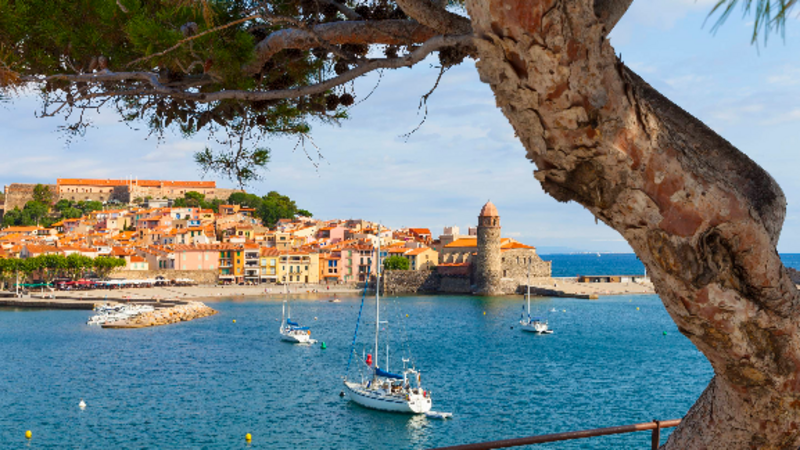French fishing town borders on the sublime

The charming French fishing town of Collioure is just miles from Spain, and its culture and dining are influenced by both countries, writes

Black Friday - Save 75%
SUBSCRIBEThe charming French fishing town of Collioure is just miles from Spain, and its culture and dining are influenced by both countries, writes Carolyn Moore.

CONNECT WITH US TODAY
Be the first to know the latest news and updates
Newsletter
The best food, health, entertainment and lifestyle content from the Irish Examiner, direct to your inbox.
Newsletter
The best food, health, entertainment and lifestyle content from the Irish Examiner, direct to your inbox.
© Examiner Echo Group Limited